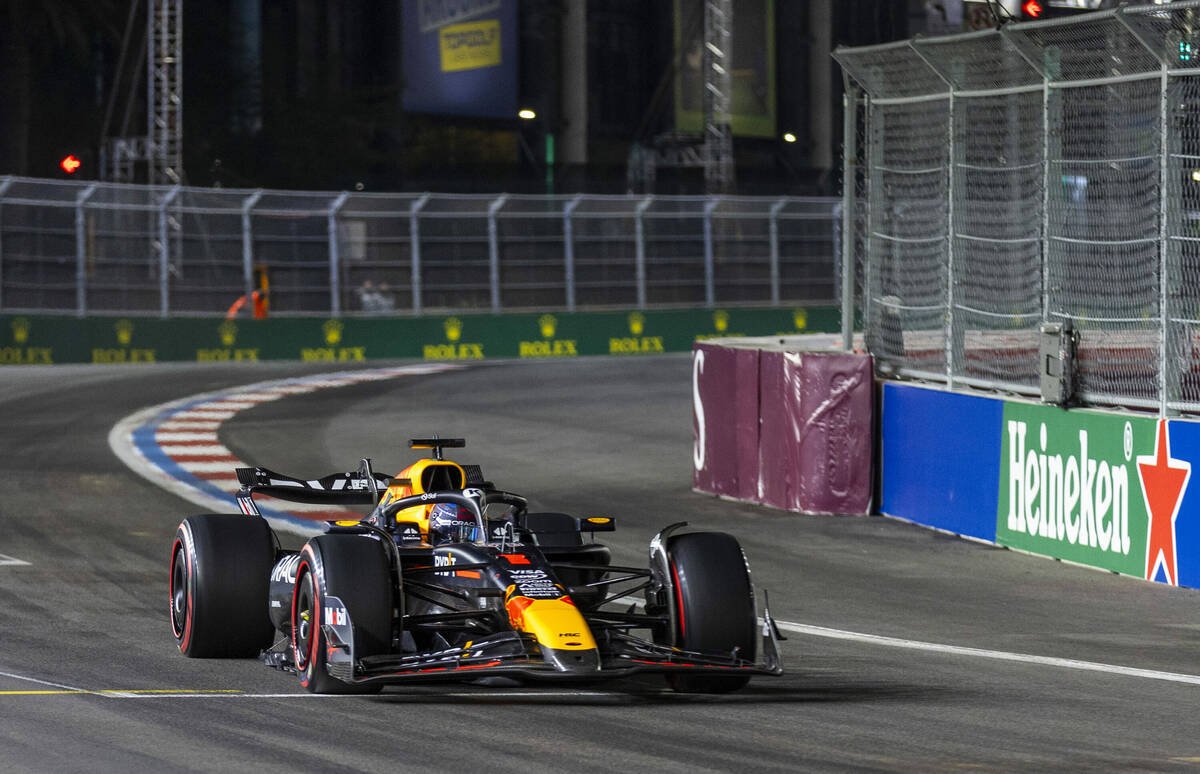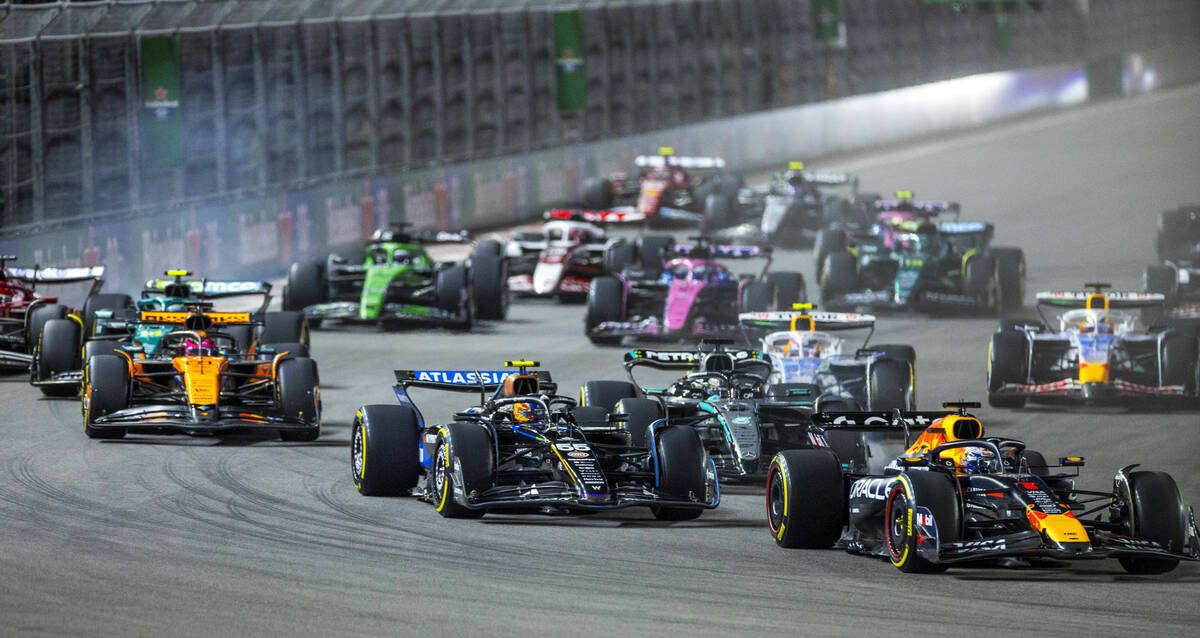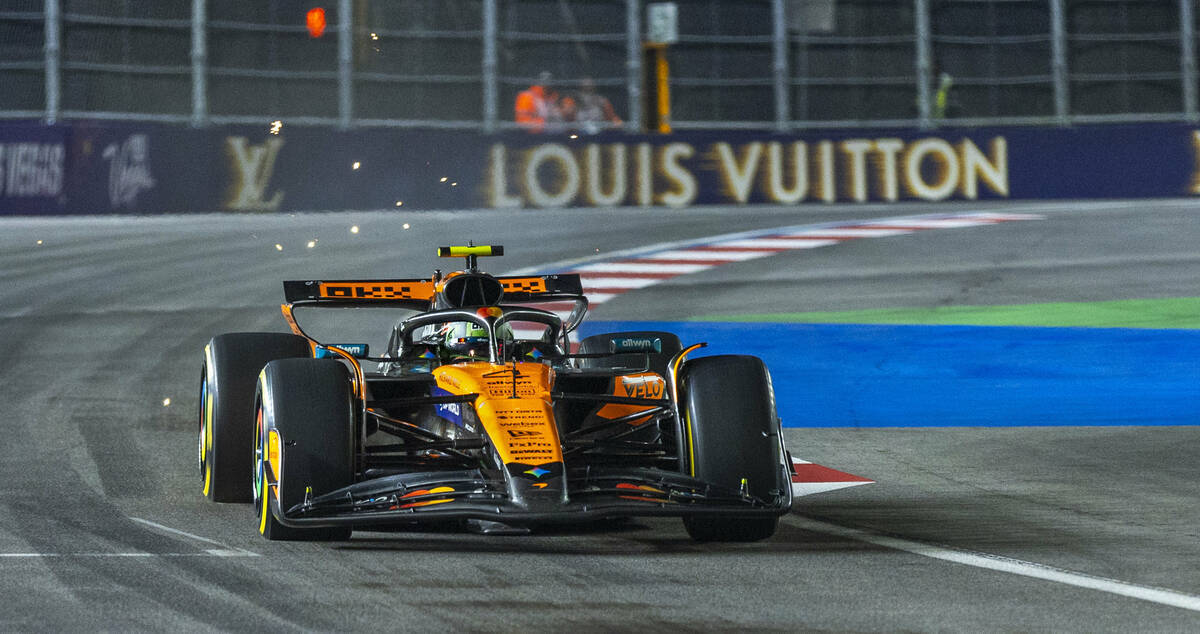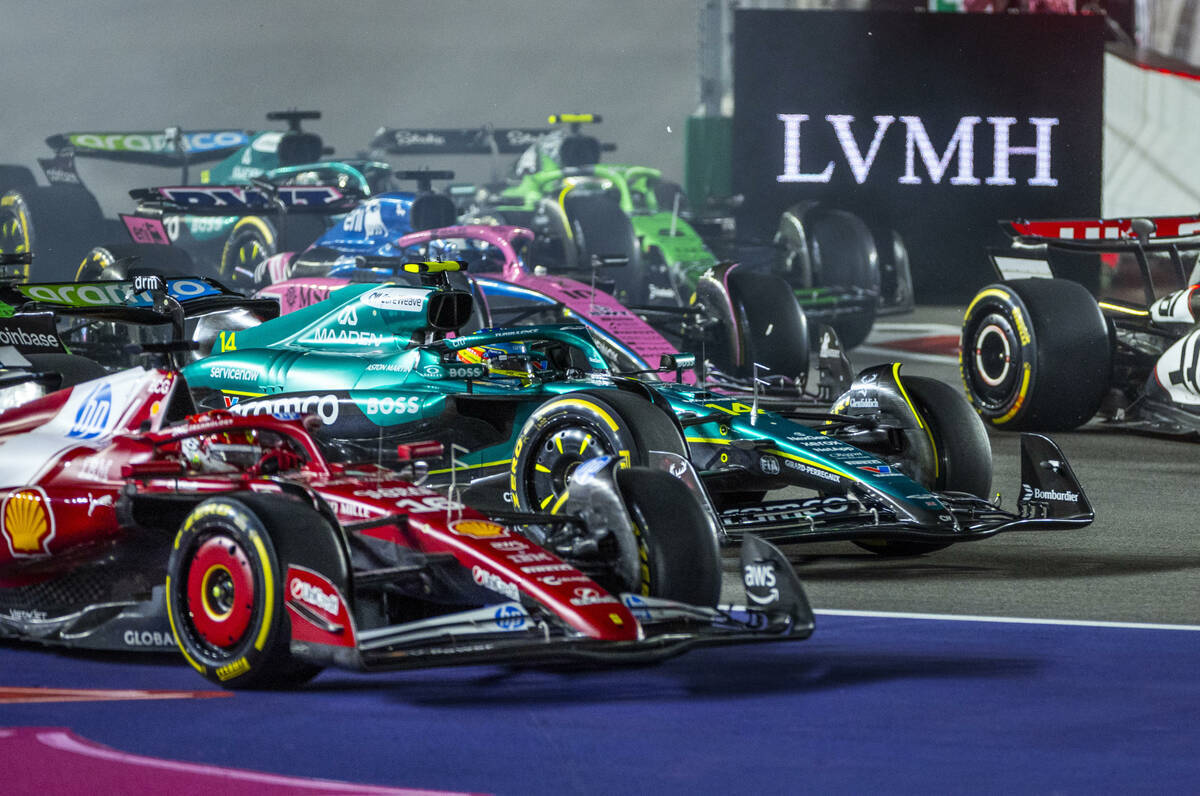
The Formula One Las Vegas Grand Prix has become a vital addition to the city's calendar, especially during a period of moderate tourism decline. According to Bill Hornbuckle, the top executive at MGM Resorts, the event is something the city can look forward to each year, bringing in visitors during a typically slower time in Sin City.

Hornbuckle emphasized that the race not only boosts visitation but also provides a significant economic boost for businesses like MGM Resorts. The event attracts around 150,000 visitors who might not have come to Las Vegas for the week otherwise. This influx of visitors contributed to a 98% occupancy rate across MGM Resorts' properties on the Strip, with those near the Bellagio Fountain Club completely booked.

“This time of year, you can’t ask for better than that,” Hornbuckle said, highlighting the positive impact of the event on the local economy.
Smaller logistics, bigger impact
Steve Hill, CEO and president of the Las Vegas Convention and Visitors Authority, noted that the race has improved significantly over the past two years. He mentioned that the logistics involved have been well-managed, and the feedback from properties has been overwhelmingly positive.

Actor Mark Wahlberg, who considers himself a full-time Las Vegas resident, believes the race is on track for long-term success after overcoming the initial challenges of the first two events.
“I think people are really starting to gravitate towards it,” Wahlberg said. “It’s a bit of a slow build, because it’s not the most popular sport in America. But I think locals are even starting to appreciate it.”
Economic boost
While it will take some time to fully assess the economic impact of this year’s race, Hill expects it to reach around $1 billion, similar to the previous two races.

“It’s not going to be below that number,” Hill said, indicating the event’s strong financial performance.
Community relations
After a rocky start due to road disruptions, the Las Vegas Grand Prix organizers have worked to improve community relations. This year saw less negative commentary leading up to the event, which Hornbuckle attributed to the city’s growing appreciation for the race.
“Thankful to the locals and their patience,” Hornbuckle said, adding that the event is too important to the city and the country to let go.
Building a fan base
To attract more fans, F1 lowered ticket prices by an average of 30% leading into the race. This move was successful, as the third-straight sellout demonstrated the effectiveness of listening to consumer feedback.
Developing fans
Hill noted that the race has been successful in building a fan base, with attendees staying out in the rain to watch qualifying sessions. The earlier start time of the race also contributed to its success, making it more appealing to spectators.

Built for major events
Las Vegas’ infrastructure, including over 120,000 hotel rooms, multiple airports, and the ability to showcase the Strip during the race, makes it an ideal location for hosting large-scale events.
Hosting the race on the Strip also means that the Bellagio experiences significant disruptions for the assembly and tear down of the high-end hospitality space, Bellagio Fountain Club. The sidewalk and two lanes of Las Vegas Boulevard are blocked for about four months as crews build and dismantle the temporary structure.

Despite the disruptions, Hornbuckle sees the value in the investment, as the space serves as one of the main attractions each race for a worldwide audience. This year, F1 used the Bellagio Fountain Club for a tie-in with Disney, featuring Mickey Mouse in a performance over the water.
Race’s future
With continued success, MGM Resorts and Caesars Entertainment have extended their founding partnership deals with F1 through 2030. The LVCVA and F1 are also in talks to extend the race beyond 2027, potentially keeping it in Las Vegas on the weekend before Thanksgiving through 2037.

“The investment that both Formula One and the community need to make in order to take the next step up requires a long-term contract,” Hill said, emphasizing the importance of long-term commitments for such large-scale events.
